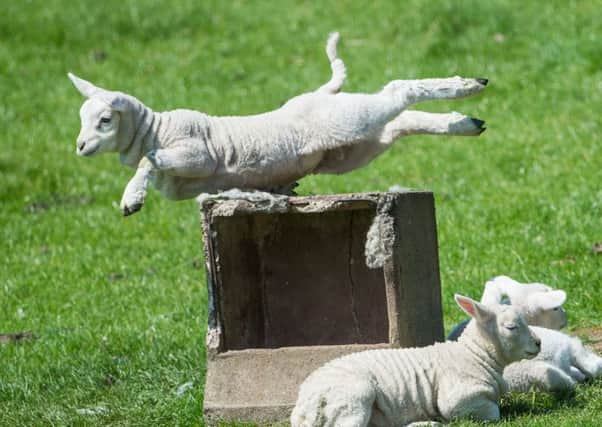College's bid to save more lambs to be put to test


Five focus farms covering the country’s wide variety of sheep systems have been selected for the “Live Lambs” project, which is aimed at reducing lamb mortality in the early stages by at least 5 per cent.
The project, which is facilitated by Scotland’s Rural College, will bring together sheep farmers, advisers, researchers, and members of the supply chain to tackle the causes of lamb loss and monitor on-farm performance with the aim of achieving improvements in lamb survival.
Advertisement
Hide AdAdvertisement
Hide AdThe three-year project, funded through the Scottish Government’s Rural Development Programme, will also have the broader aim of providing information for wider discussion and debate – and information on any new practices which are shown to be effective will be made available to farmers across Scotland.
“Through working with the focus farms, we can introduce tweaks in production using modern research findings and innovative tools, this will have a lasting benefit on the amount of live lambs reared and therefore profit,” said SAC Consulting’s Kirsten Williams, who will be leading delivery of the project.
“The group will be encouraged to co-operate and share ideas, key messages and findings from the group will be publicised to ensure other sheep farmers are aware of the tools to increase lamb survival.”
As well as the focus farms – which includes Saughland Farm, Pathhead, which is managed by Peter Eccles – additional information will be collected from SRUC’s Kirkton and Auchtertyre Farms near Crianlarich.
The SRUC said that the farms had been chosen to be representative of the wide range of sheep farming systems, covering location, flock size and terrain, with hill and lowground units, indoor and outdoor lambing, set stocking and rotational grazing and a broad mix of breeds ranging from Shetland Cross and Blackface to Romneys and Scotch Mules.
“The focus farmers will undertake detailed monitoring of flock performance to help identify areas for improvement and measure the effectiveness of advice from the group. They will also gain skills in diagnosing some of the common causes of lamb death,” said Williams.
Key areas will include means of ensuring ewes are kept in the optimum condition in the build up to tupping.
